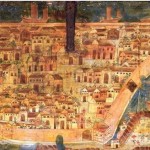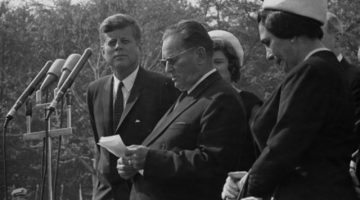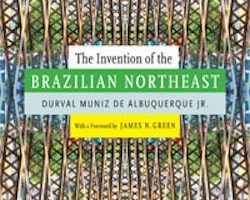Vietnam between the United States and Yugoslavia
The War in Vietnam Revisited
The Invention of the Brazilian Northeast, by Durval Muniz de Albuquerque Jr. (2014)
From Yellow Peril to Model Minority
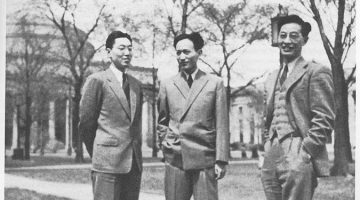
Unlike their working-class counterparts, who were seen as unwanted labor competition and incapable of sharing American democratic values, Chinese intellectuals were seen as members of China’s leadership class and culturally compatible. Educating them in the United States was a friendly, inexpensive, yet effective means of extending American influence over China.
The Seldoms Bring LBJ and the 1960s Into the Present in Their Investigation of How Power Goes

In the contemporary dance theater work Power Goes, which arrives at McCullough Theatre on the campus of the University of Texas on September 16th and 18th, courtesy of Texas Performing Arts, the Briscoe Center for American History, and the LBJ Presidential Library, the Chicago-based dance ensemble, The Seldoms, propose that we can dance our way deeply into the historical past.
Presidents Past
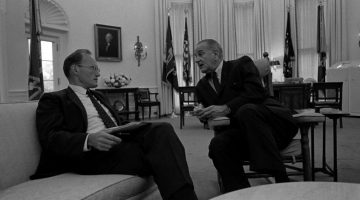
Thinking about the future POTUS, with the first debate of the 2016 campaign on TV tonight? Read up on Presidents of the past in articles we have posted here on Not Even Past. Let’s begin with Jack Loveridge’s review of Hunter S. Thompson’s Fear and Loathing on the Campaign Trail ’72: “Thompson, author of Hell’s Angels and Fear […]
Slavery and Race in Colonial Latin America
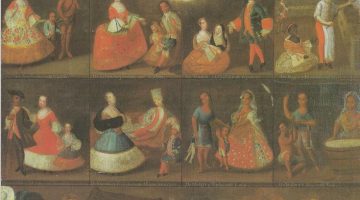
NEP has published numerous articles and book reviews on Slavery and Race in Colonial Latin America. What hierarchies conditioned the relations between Africans, Europeans, and native groups? How did these socio-racial systems work on the day to day of life in Colonial Latin America? And, how did racially discriminated groups resist? These are some of the key questions addressed in the articles below.
Jim Crow: A Reading List
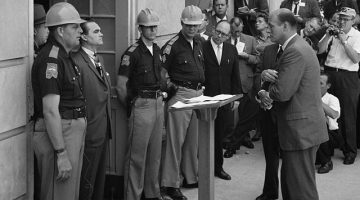
In the late nineteenth century, white Southerners imposed a system of constraints on African Americans, denying blacks their Constitutional rights, and, indeed, their human rights. This system—often violently enforced—was called “Jim Crow,” named after a minstrel song that stereotyped blacks. It included the disfranchisement of black men, the forcible segregation of blacks from whites in public spaces, and forms of state-sanctioned terrorism such as lynching, which included hanging, mutilating, and burning victims alive.
Charleston Shooting Exposes America’s Pro-Apartheid Cold War Past
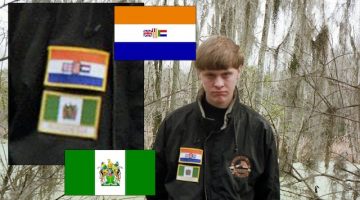
In the wake of the shooting at the Emanuel African Methodist Episcopal Church in Charleston, the United States has undergone a deep soul searching. Images of the confessed shooter posing with the Confederate Battle Flag have launched a long-overdue national debate about the meaning of Confederate imagery. But they have quickly overshadowed the shooter’s use of two other symbols: the defunct standards of Rhodesia (Zimbabwe) and apartheid South Africa.
